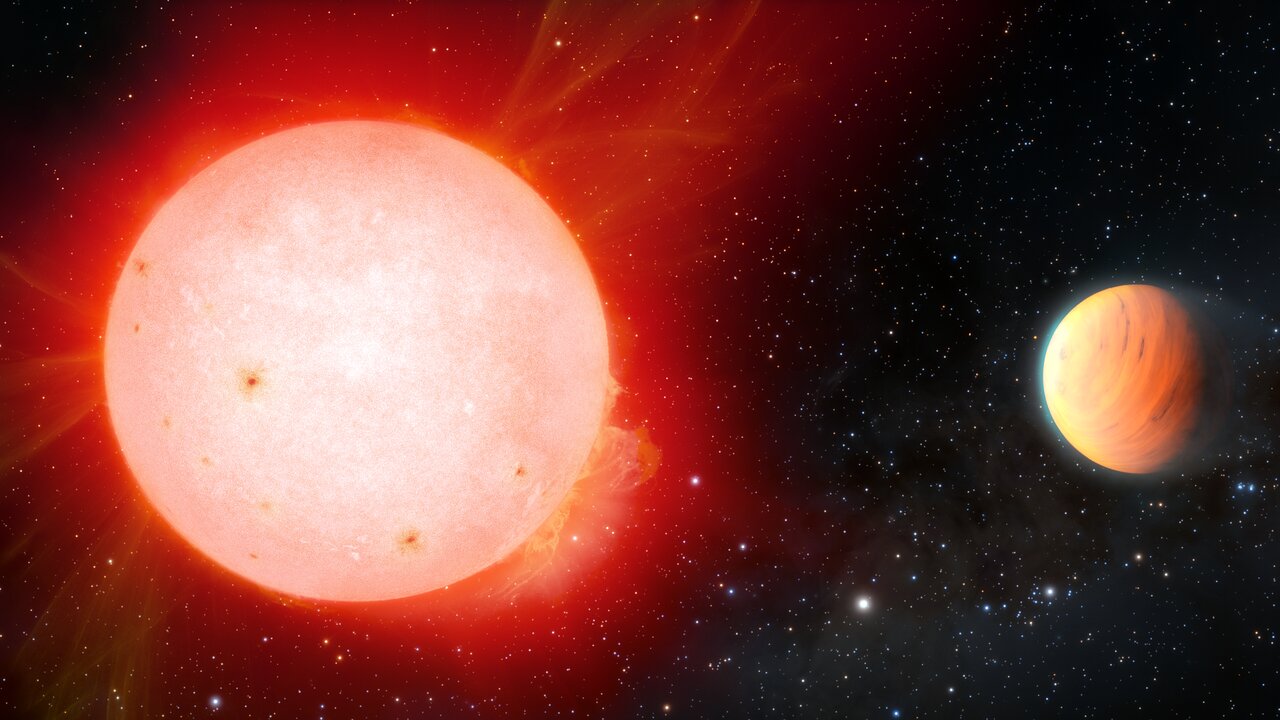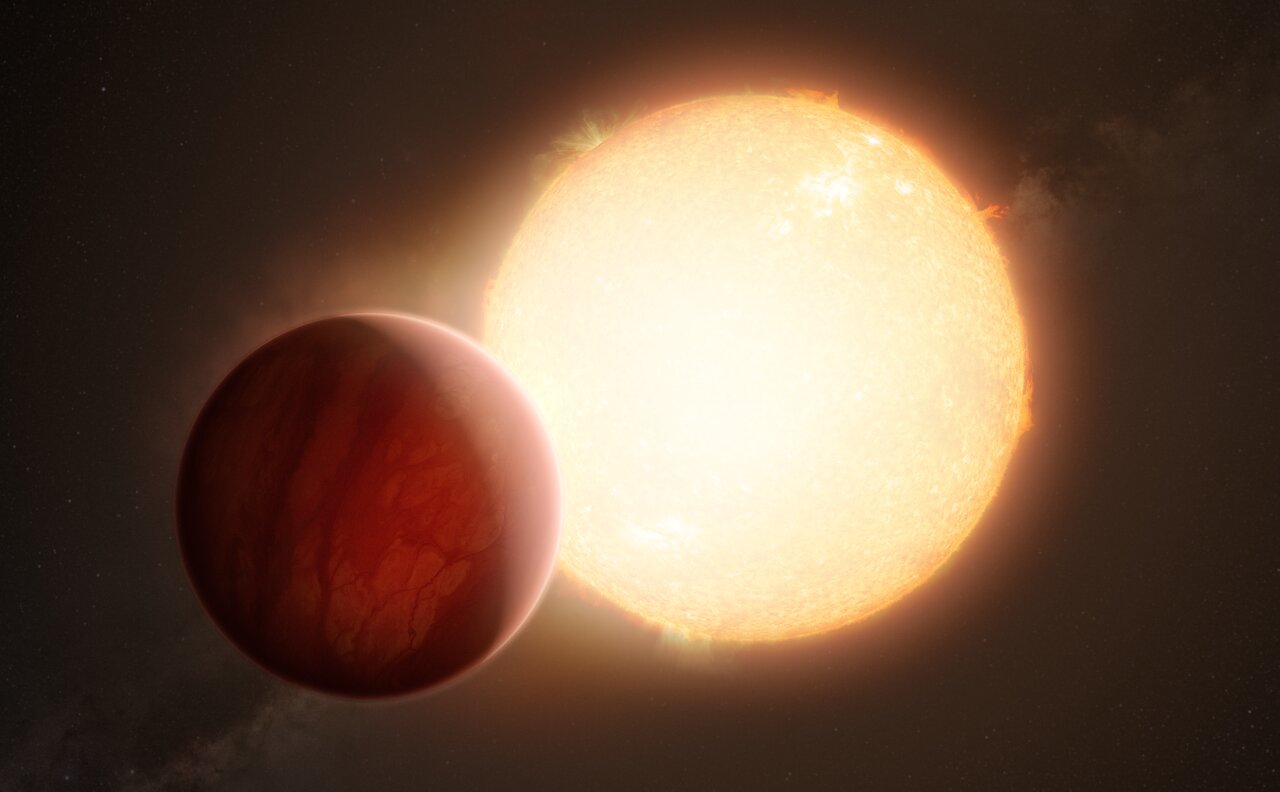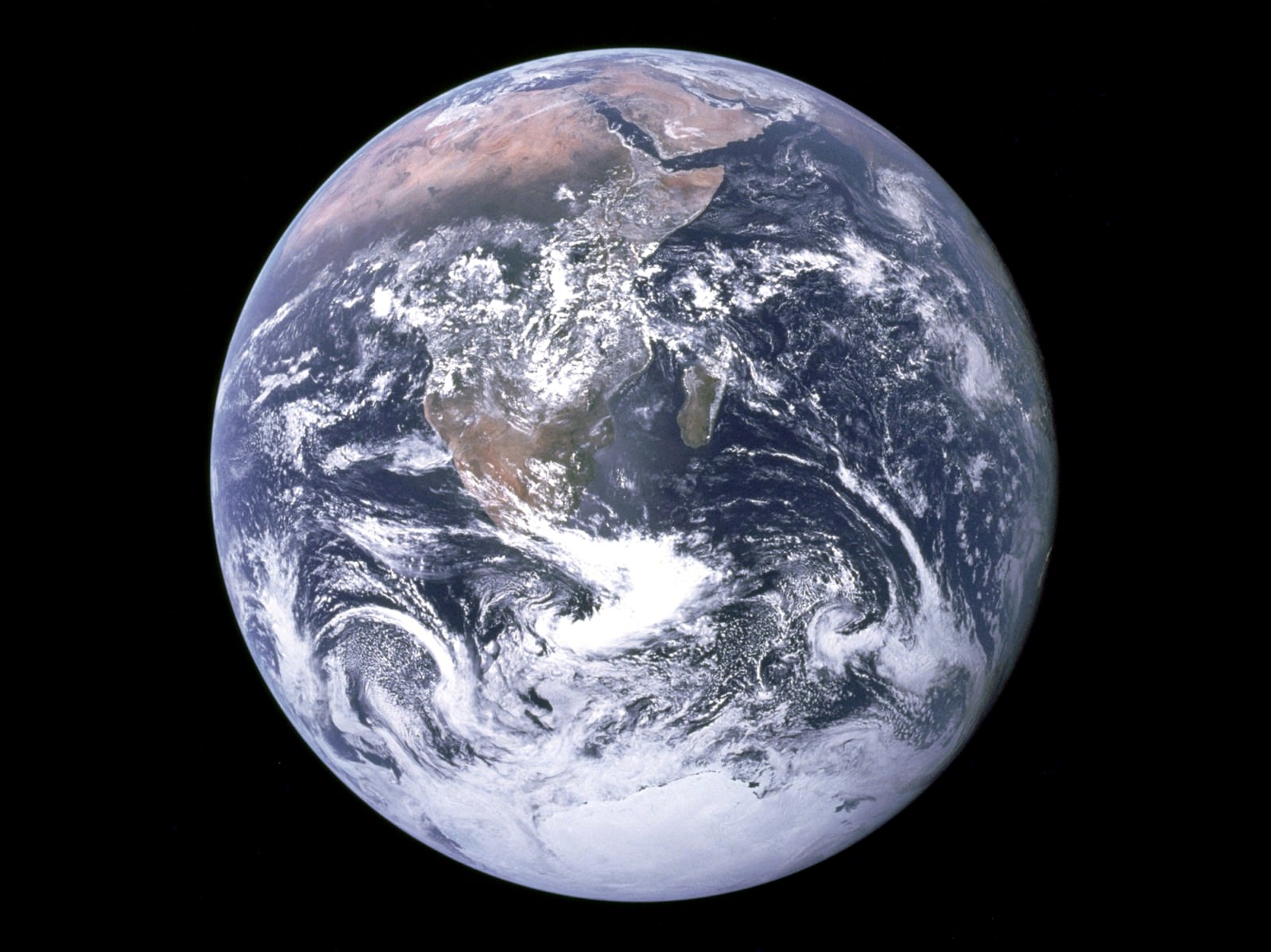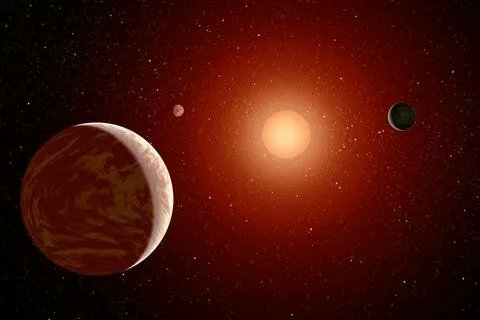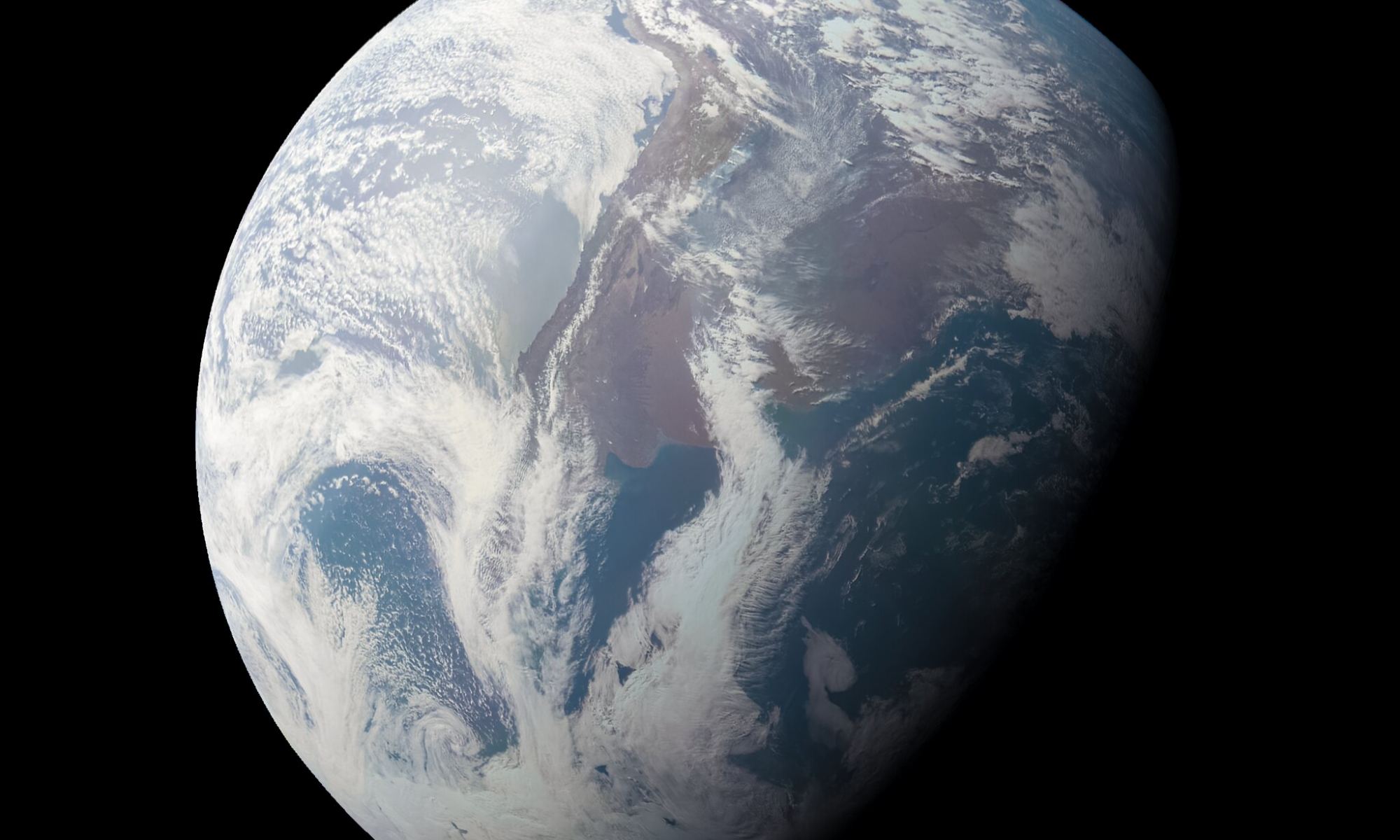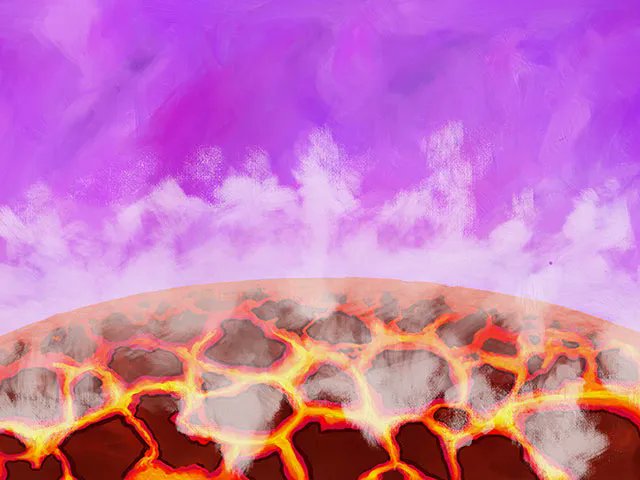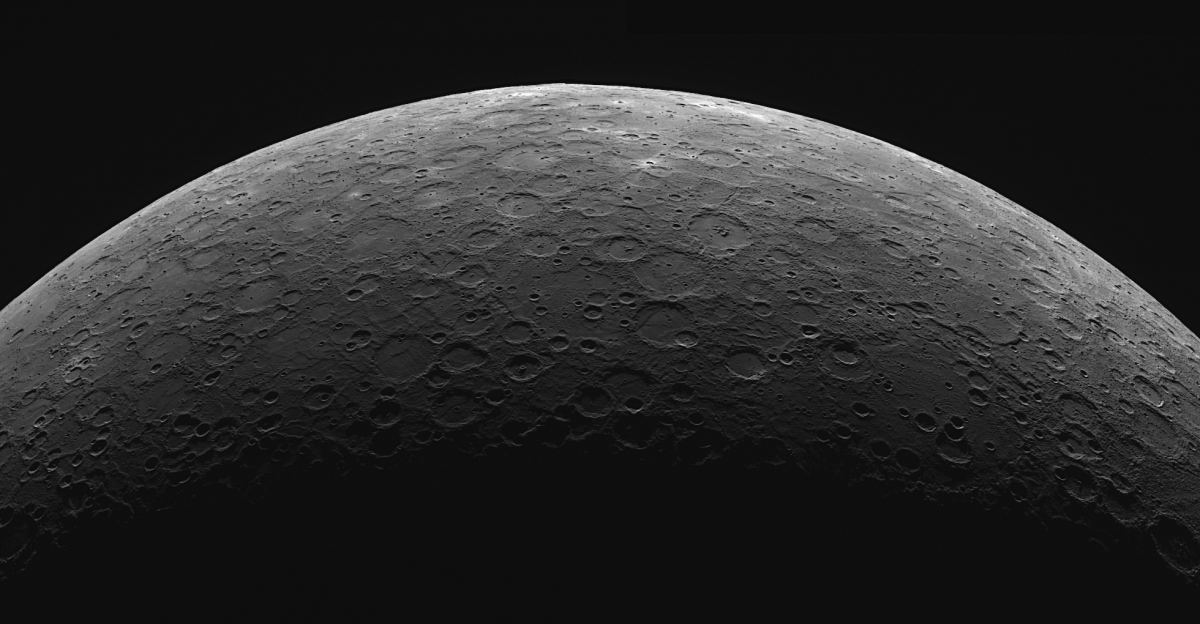Exoplanet discovery space hosts all kinds of interesting “super” worlds. There are super-Earths, super-Neptunes, and, of course, Super-Jupiters. Recently, the WIYN telescope on Kitt Peak in Arizona did a follow-up observation of a gas giant discovered by TESS (the Transiting Exoplanet Survey Satellite). The world is fluffy and weird and it’s orbiting a red giant star. Oddly enough, it shouldn’t even exist. Yet, there it is happily orbiting a star some 580 light-years from Earth.
Continue reading “Astronomers Find a “Marshmallow World”: the Lowest Density Gas Giant Ever Discovered”Astronomers Find a “Marshmallow World”: the Lowest Density Gas Giant Ever Discovered
